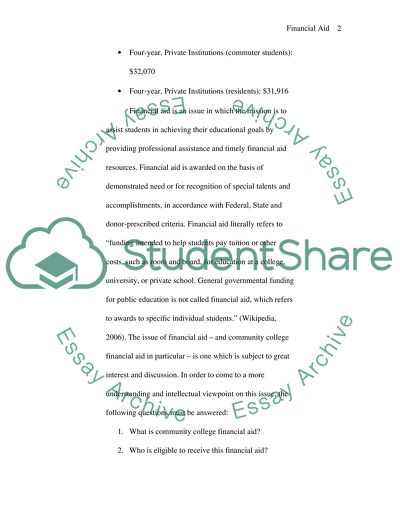Cite this document
(“Community College Financial Aid Essay Example | Topics and Well Written Essays - 2500 words”, n.d.)
Retrieved from https://studentshare.org/miscellaneous/1507126-community-college-financial-aid
Retrieved from https://studentshare.org/miscellaneous/1507126-community-college-financial-aid
(Community College Financial Aid Essay Example | Topics and Well Written Essays - 2500 Words)
https://studentshare.org/miscellaneous/1507126-community-college-financial-aid.
https://studentshare.org/miscellaneous/1507126-community-college-financial-aid.
“Community College Financial Aid Essay Example | Topics and Well Written Essays - 2500 Words”, n.d. https://studentshare.org/miscellaneous/1507126-community-college-financial-aid.


